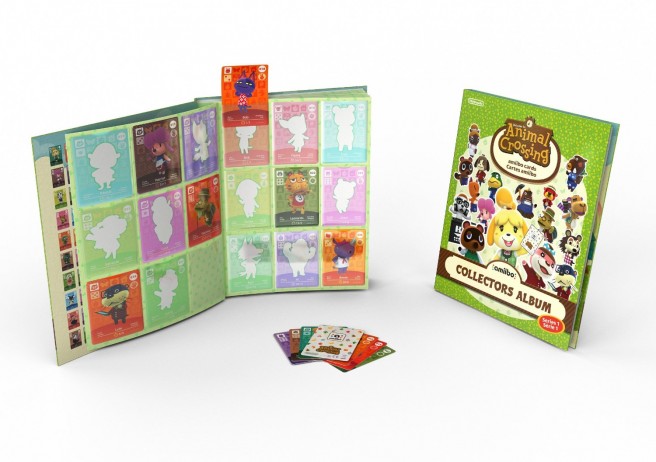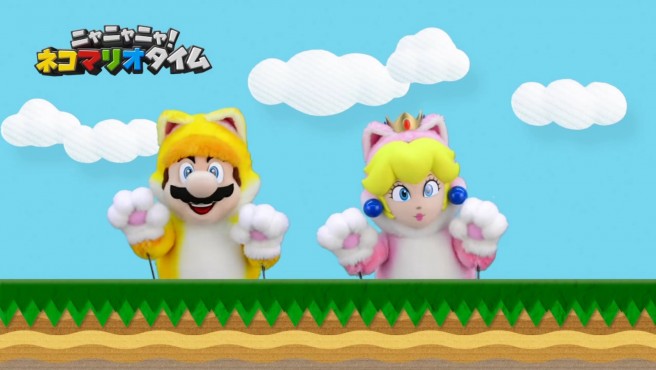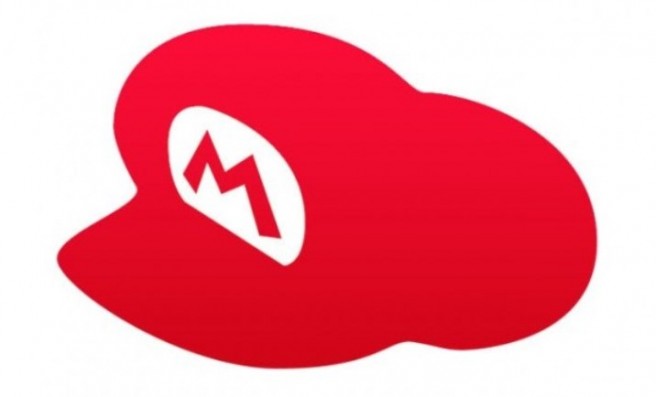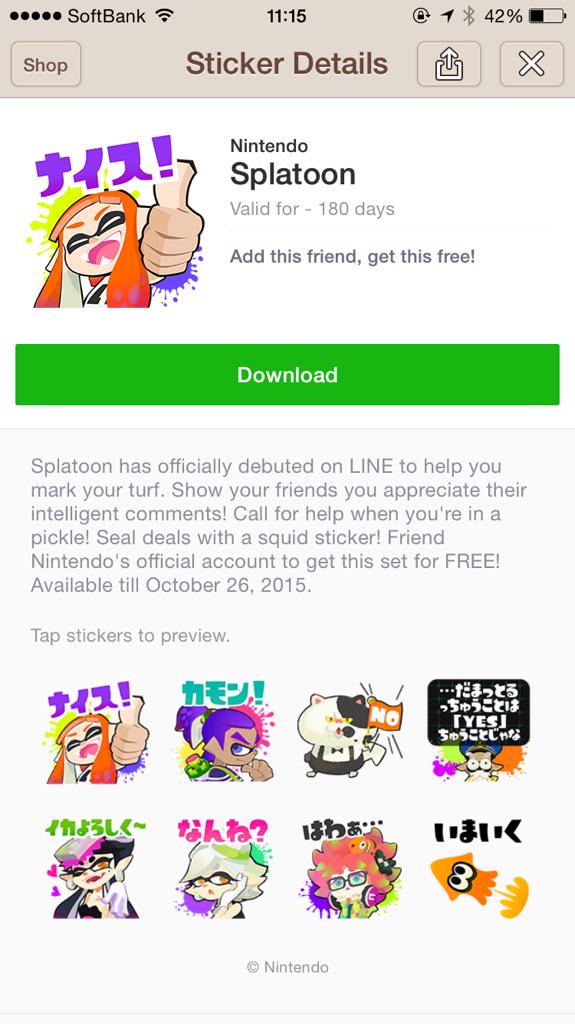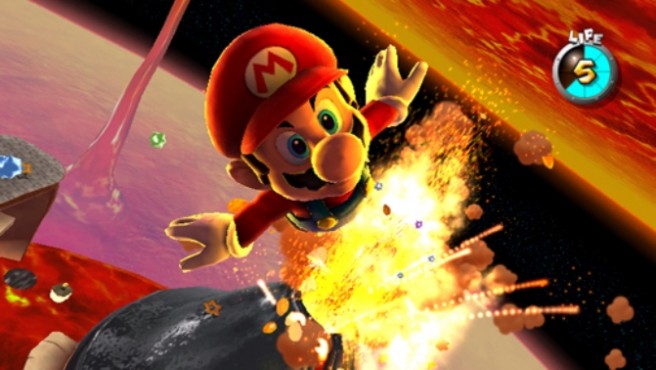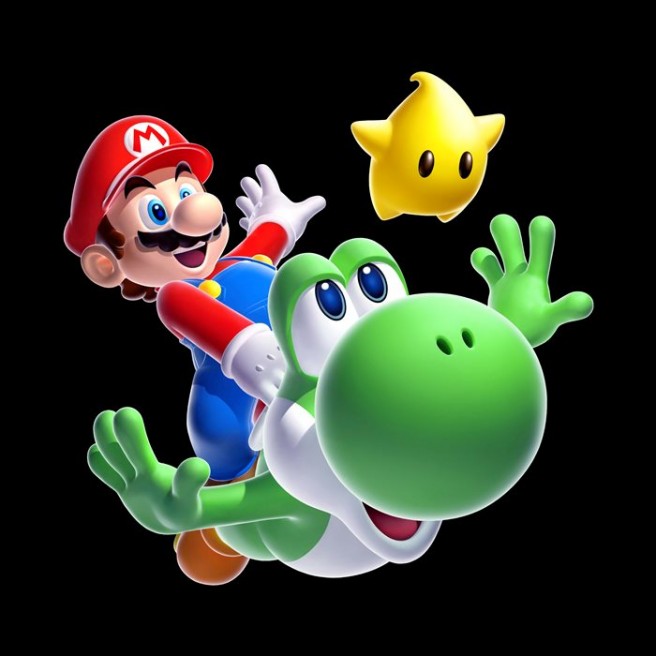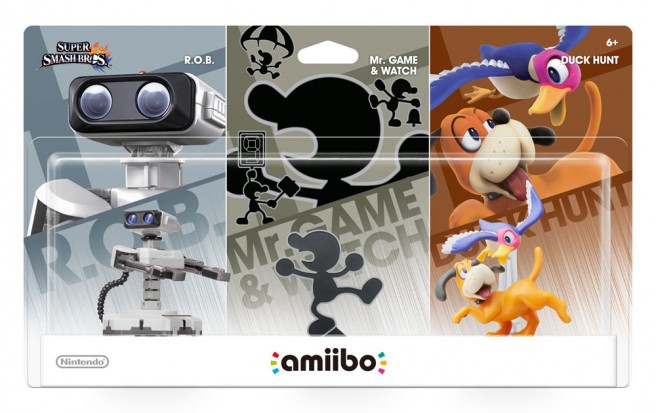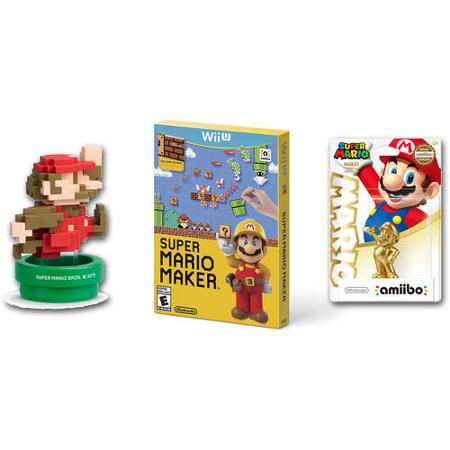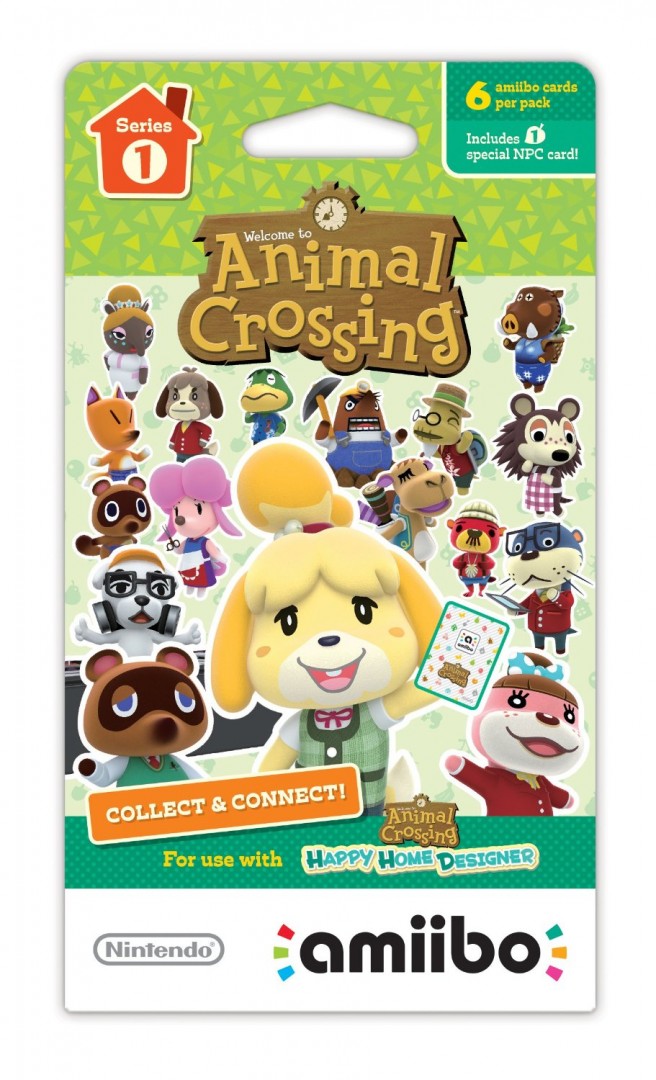Animal Crossing amiibo cards collectors album up for pre-order on Amazon UK
Posted on 10 years ago by Brian(@NE_Brian) in General Nintendo, News | 6 Comments
The Animal Crossing amiibo cards collectors album is now available for pre-order on Amazon UK. Get yours here. Keep in mind that this does ship to the United States!
Nyannyan Neko Mario Time episode 47
Posted on 10 years ago by Brian(@NE_Brian) in General Nintendo, Videos | 0 comments
The latest episode of Nintendo’s Japanese show Nyannyan Neko Mario Time has now gone live. We’ve included it below.
More: Japan, Nyannyan Neko Mario Time
Club Nintendo ends tomorrow in Europe, Australia, and Japan
Posted on 10 years ago by Brian(@NE_Brian) in General Nintendo, News | 17 Comments
Club Nintendo is just about over in all regions. The membership program ended a few months ago in North America, but has continued on in Europe, Australia, and Japan. That will be changing tomorrow.
September 30 is when Club Nintendo will officially end in all non-North American territories. Be sure to use any remaining points you have before then!
Club Nintendo will be discontinued tomorrow. Make sure you redeem your stars! More info: http://t.co/CCay94mXqB pic.twitter.com/56It15iIG1
— Nintendo of Europe (@NintendoEurope) September 29, 2015
More: Club Nintendo
LINE app now has Splatoon stickers
Posted on 10 years ago by Brian(@NE_Brian) in General Nintendo, News | 2 Comments
LINE, a popular messaging app for mobile devices, has once again received Nintendo content. The latest addition? Splatoon. Users can begin exchanging messages with stickers based on the Wii U game.
More: LINE
EDGE ranks the 100 greatest video games
Posted on 10 years ago by Brian(@NE_Brian) in 3DS, GameCube, GBA, General Nintendo, News, Wii, Wii U | 328 Comments
EDGE recent put out a special issue featuring the 100 great video games of all time. The list is below, though the full magazine can be ordered here.
This is how EDGE says it determined its list:
“In compiling the list, we worked to simple criteria: all formats – console, PC, portable, coin-op, touchscreen – were eligible; we could include only a single entry from any series that features straight-up sequels; and each game had to stand up today rather than making the cut for reasons of nostalgia or historic significance.”
And here’s the full lineup:
100 – WarioWare Inc – GBA
99 – Spec Ops: The Line
98 – Papers, Please
97 – DriveClub
96 – Braid
95 – Super Hexagon
94 – Her Story
93 – Super Monkey Ball
92 – Final Fantasy XII
91 – Prince of Persia: The Sands of Time
90 – Katamari Damacy
89 – Animal Crossing: New Leaf
88 – Resogun
87 – Puzzle Bobble
86 – F-Zero GX
85 – The Sims 3
84 – R-Type Final
83 – Elite: Dangerous
82 – Bomberman
81 – Starcraft II
80 – Pac-Man Championship Edition
79 – BioShock
78 – CoD 4: Modern Warfare
77 – Puzzle & Dragons
76 – Tearaway
More: EDGE
Miyamoto and Tezuka on the evolution of Mario, protective of the character
Posted on 10 years ago by Brian(@NE_Brian) in General Nintendo, News | 1 Comment
This month’s issue of GamesTM has an interview with Shigeru Miyamoto and Takashi Tezuka. The two developers talked about all things Mario, including the evolution of the character’s design.
Tezuka shared the following when asked about Mario’s appearance and how Nintendo has resisted the urge to modernize him:
“I do think it’s changed a bit… For example, in Mario 3 we made him a little cuter. And perhaps with the Tanooki tail and the cape we definitely added items and features so that there’s more variety in Mario’s actions.”
Miyamoto shared a few words on the subject of evolving Mario as well. He also stated that Nintendo keeps Mario close to the vest, and doesn’t allow other teams to develop the core titles since the company wants to be control of the character and his abilities.
“In terms of the 3D Mario performance, it has evolved, but we have always been consistent in trying to be cautious in terms of when you do a B-dash, how far he can jump or how many blocks he can break. We have made it a little bit simpler for players as it’s evolved, because there are more complicated things that we’re asking the players to do. In the original Mario when you’re stopped he can’t do B-dash, but you can do it now with more recent games. So we have made it a little bit simpler and tweaked it throughout the years. In terms of Mario games we definitely don’t have other teams develop it, because we do want to control it and manage those features.”
More: interview, Mario, Shigeru Miyamoto, Takashi Tezuka, top
SCE Worldwide Studios president Shuhei Yoshida says Wii U is his favorite non-Sony console
Posted on 10 years ago by Brian(@NE_Brian) in General Nintendo, News | 56 Comments
Shuhei Yoshida, president of SCE Worldwide Studios, has never backed away from talking about the Wii U. In 2013 for instance, he spoke highly of Super Mario 3D World and had praise for the console in general.
Yoshida actually said during a session at EGX 2015 today that the Wii U is his favorite non-Sony console. His reasoning? Because he plays a bunch of Wii U games with his daughters.
More: Shuhei Yoshida, Sony
amiibo Retro 3-Pack unboxing
Posted on 10 years ago by Brian(@NE_Brian) in General Nintendo, Videos | 1 Comment
In North America, GameStop began selling the amiibo Retro 3-Pack today. Take a look at an unboxing video for the three figures below.
Update: Gone – Walmart selling Super Mario Maker with gold and 30th anniversary amiibo bundle
Posted on 10 years ago by Brian(@NE_Brian) in General Nintendo, News | 2 Comments
Update: This is now out of stock.
Walmart is once again offering the gold Mario amiibo, but not in a conventional way.
The retailer has started selling a new bundle featuring Super Mario Maker and two amiibo. Along with the gold figure, you’ll also get the 30th anniversary Mario amiibo.
Those that are interested can get the bundle here.
More: Walmart
Animal Crossing amiibo cards available on GameStop
Posted on 10 years ago by Brian(@NE_Brian) in General Nintendo, News | 0 comments
The Animal Crossing amiibo cards can now be purchased over on GameStop. Unlike other retailers, GameStop has set a higher limit of ten for the amount of packs consumers can purchase. You can also grab Animal Crossing cards from Amazon and Best Buy.
